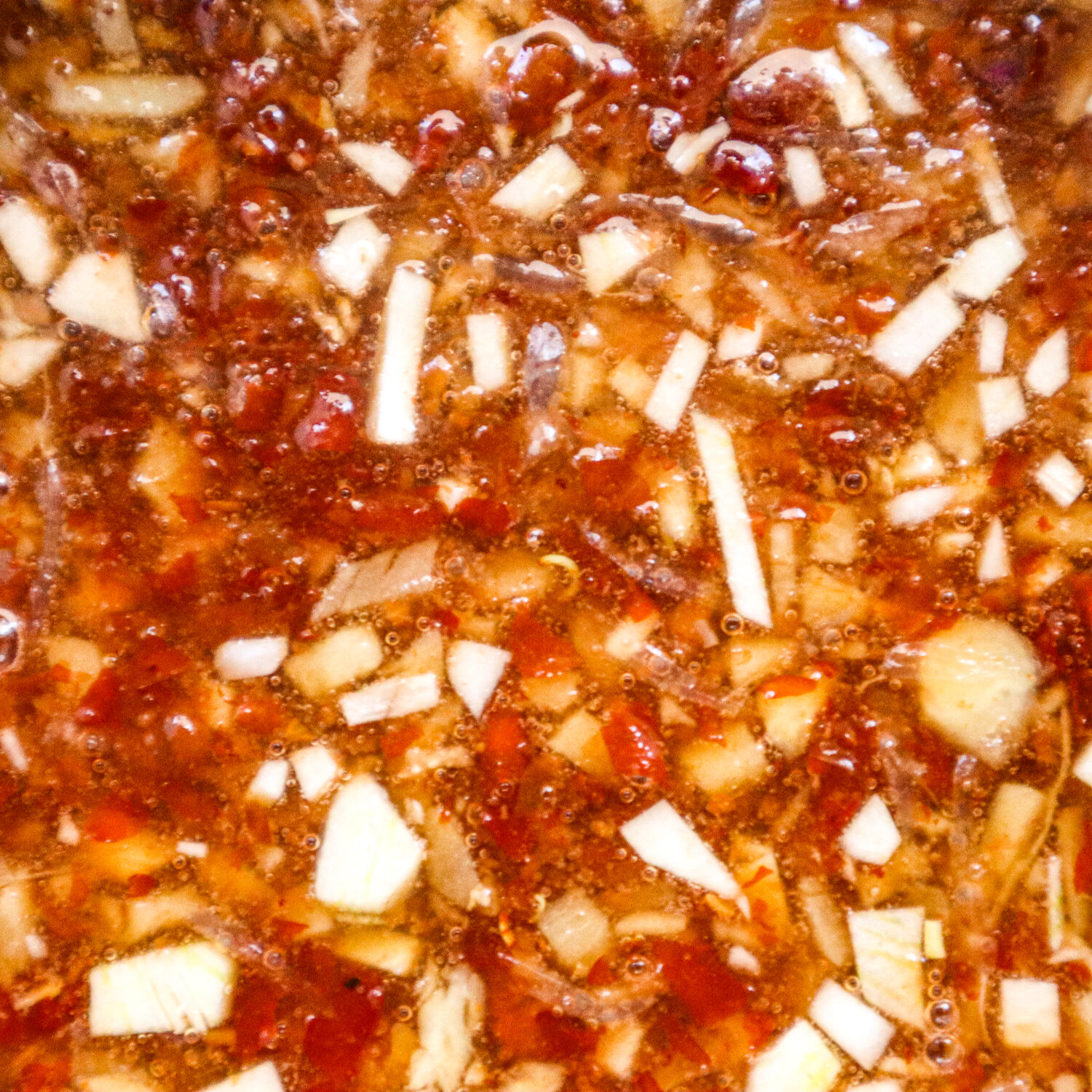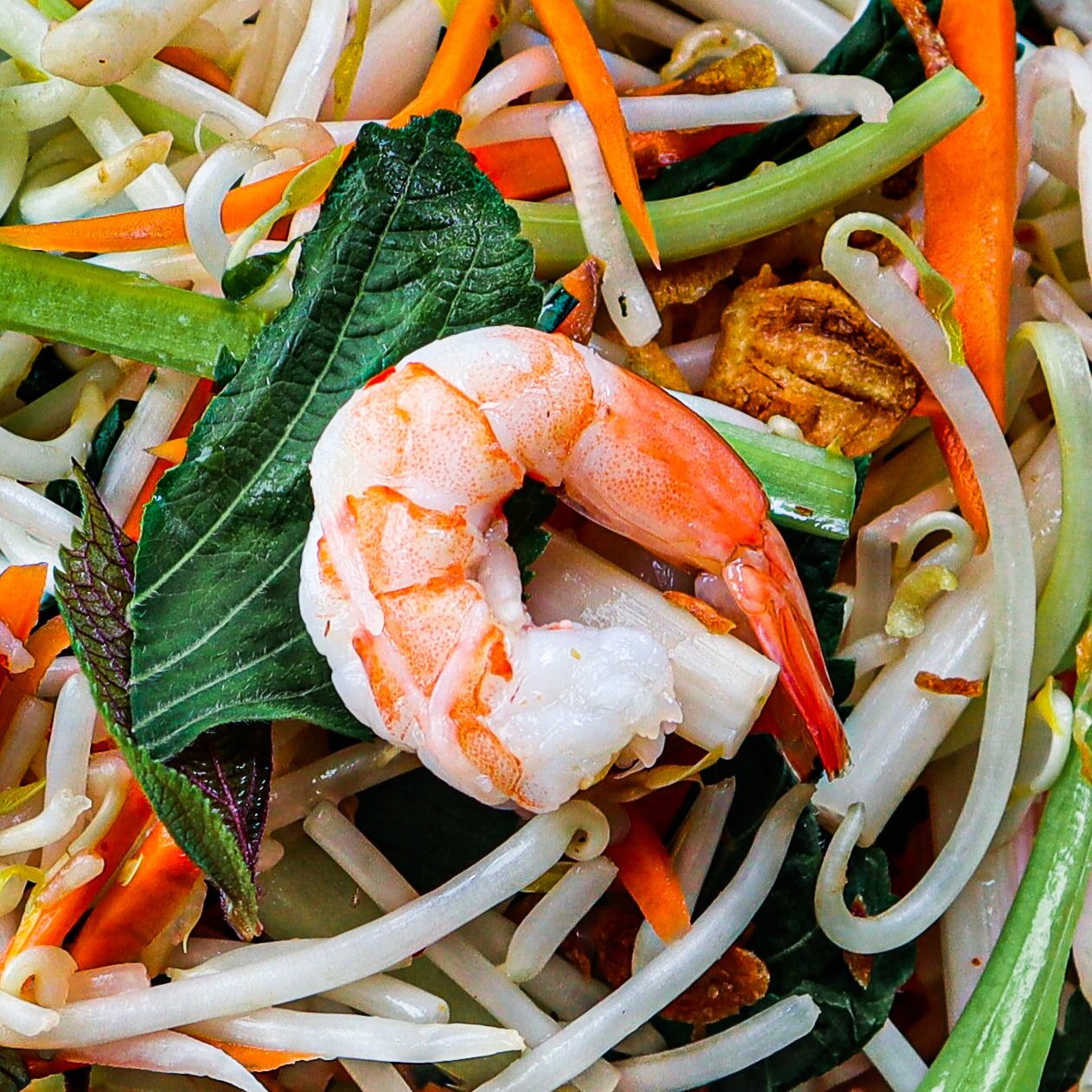This recipe was made in partnership with:
Seisuke works with smiths throughout Japan to craft high quality blades at an affordable price. The wide variety of our designs are unique and steeped with tradition making them perfect for both home and professional use.
Nakiri is a Japanese term, meaning “greens cutter.” In the olden days of Japan, this knife was commonly found in household kitchens. To this day, it’s still held in high regard, especially by professionals.
The most striking feature of the nakiri is its rectangular profile, which of course has a function. The flat edge is suitable for repetitive chopping motions that will make full, parallel contact with the cutting board, providing a clean and consistent cutting rhythm as you work through those greens.
If your goal is to cut vegetables specifically, a nakiri is the more effective option. For the same reason you might buy running shoes if you plan on doing a lot of running, buying the right knife for the right cutting goal in mind will help you work more effectively.

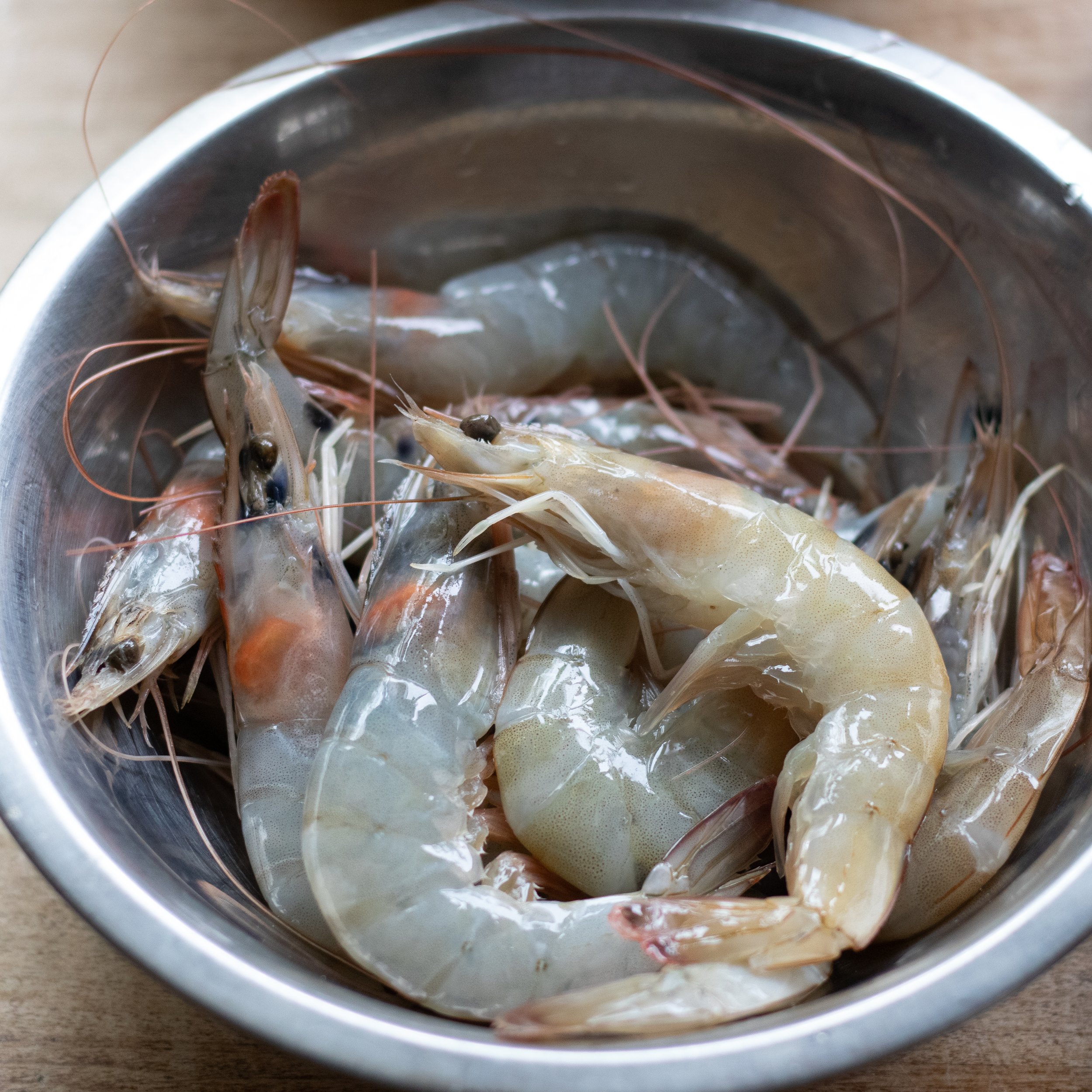

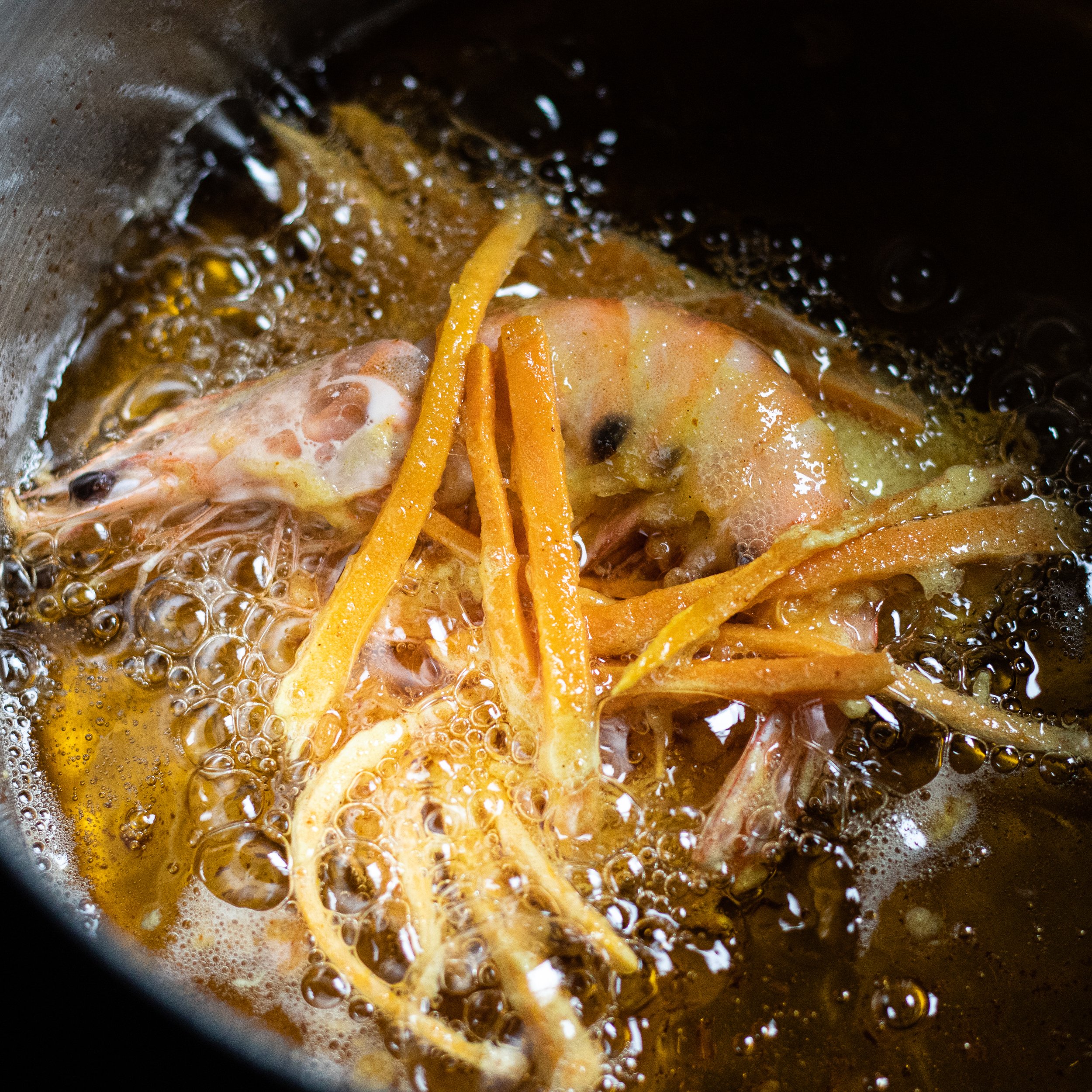


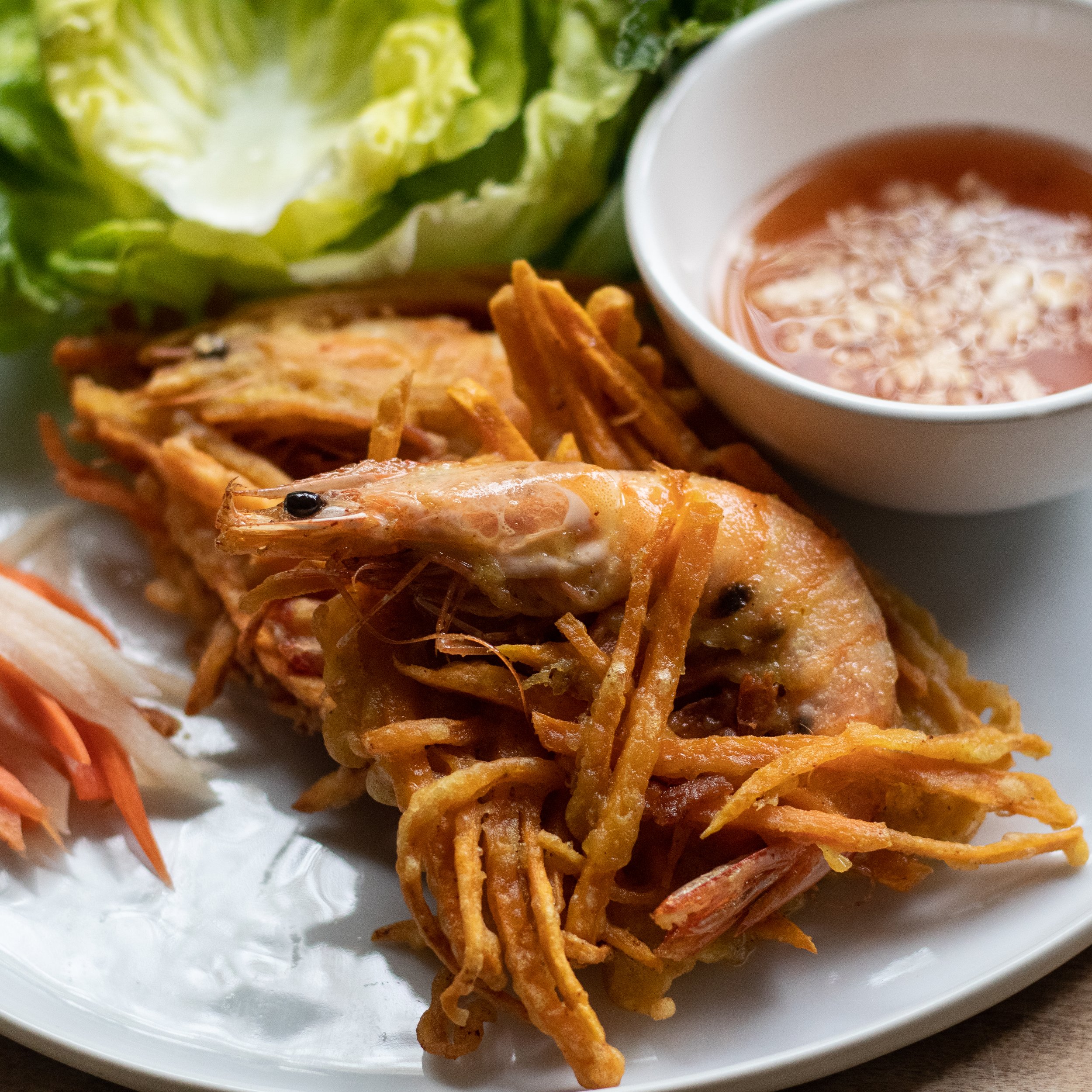


Bánh Tôm (Prawn Fritter)
Ingredients
Instructions
- In a medium-sized mixing bowl, add 1 cup of water, and 2 large eggs.
- Whisk to incorporate the egg and the water.
- Sift the dry ingredeints
- Gradually add 1/3 of the dry ingredients to the liquid.
- Whisk until smooth.
- Then add the remaining 2/3 of the dry ingredients into the batter.
- Whisk until smooth
- Add the Sweet Potato (cut into match sticks) into the batter.
- Defrost prawns (if frozen) in your refrigerator
- Rinse prawns in ice-cold water to maintain their freshness
- Devein prawns by inserting a toothpick (or skewer) between shell segments; on the back of the shrimp. Gently pull up on the toothpick and lift out the vein. If vein breaks, repeat in several places. **This recipe is traditionally made with whole prawns; head-on and shell-on.**
- Keep the cleaned prawn in the refrigerator. Or in a metal bowl, lined with iced water.
- In a cast-iron pot (cast iron braiser) preheat 3 cups of cooking oil to 325 F.
- Use a [wide-mouth, flat, soup ladle] and a [large serving spoon] to help you assemble the Prawn Fritters.
- Put 2 tbsp. of battered sweet potato into a greased [wide-mouth, flat, soup ladle].
- Place a cleaned prawn on top of the battered sweet potato.
- Drizzle 1 tbsp. of batter on top of the prawn.
- Press the prawn down firmly into the battered sweet potato.
- Gently, dislodge the prawn (using a large serving spoon) and the battered sweet potato (it should resemble a basket) into the fryer.
- Fry for 5 minutes on each side.
- Remove the prawn fritter from the oil and place it on a roasting rack to cool.
- Gently season the prawn fritters with kosher salt.
- Garnish with lettuce and Vietnamese herbs
- Dip with Nuoc Cham















